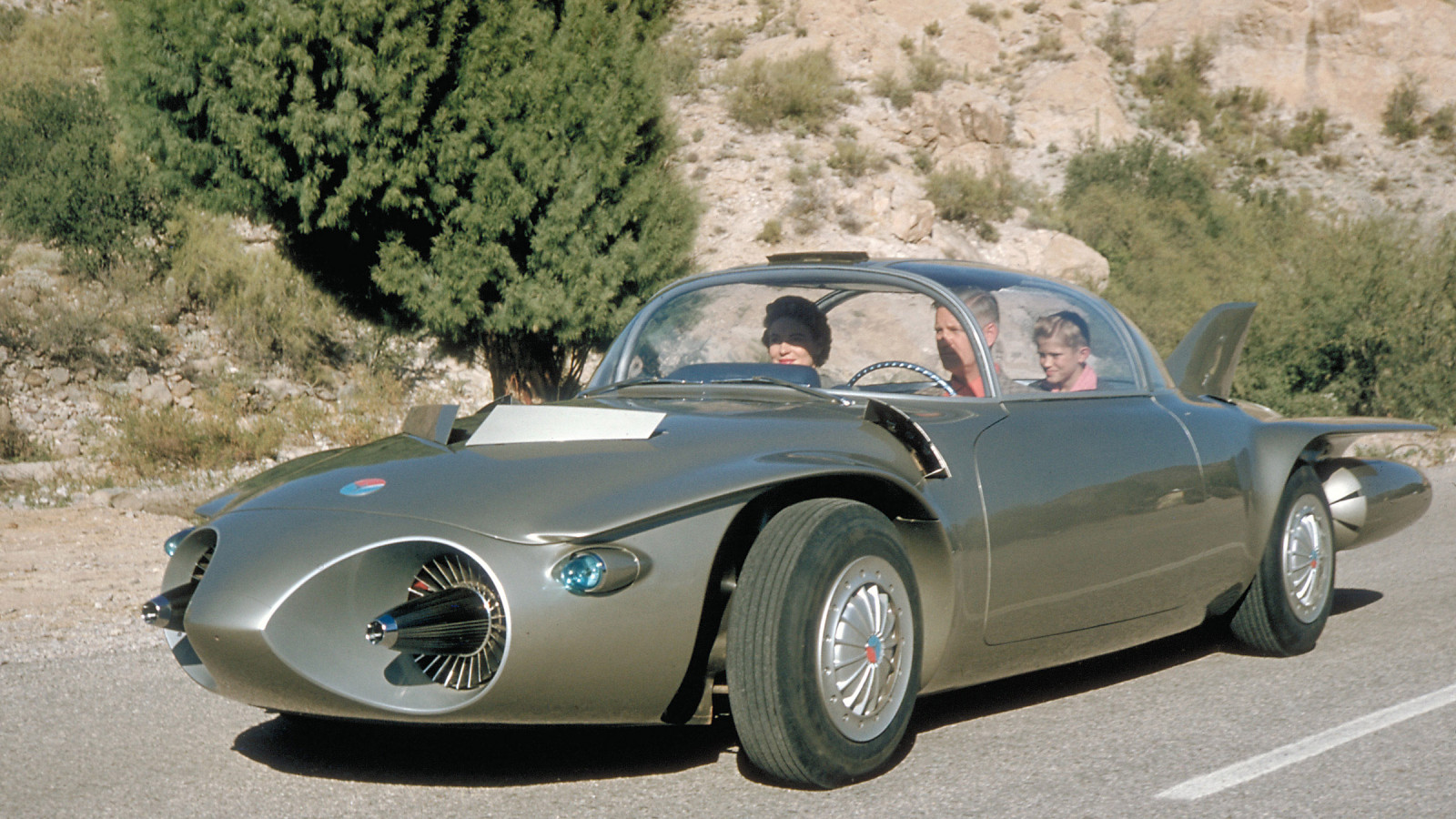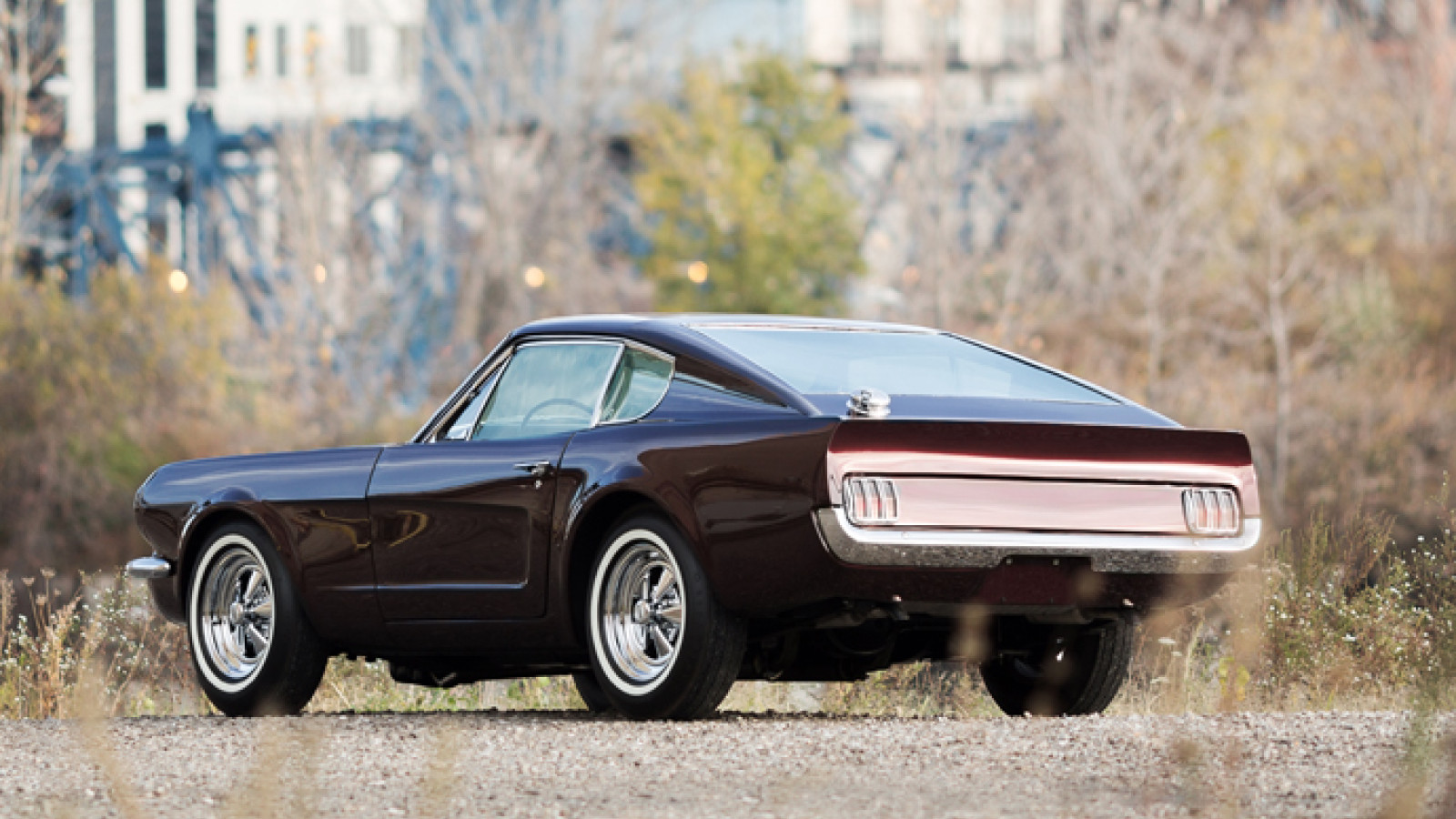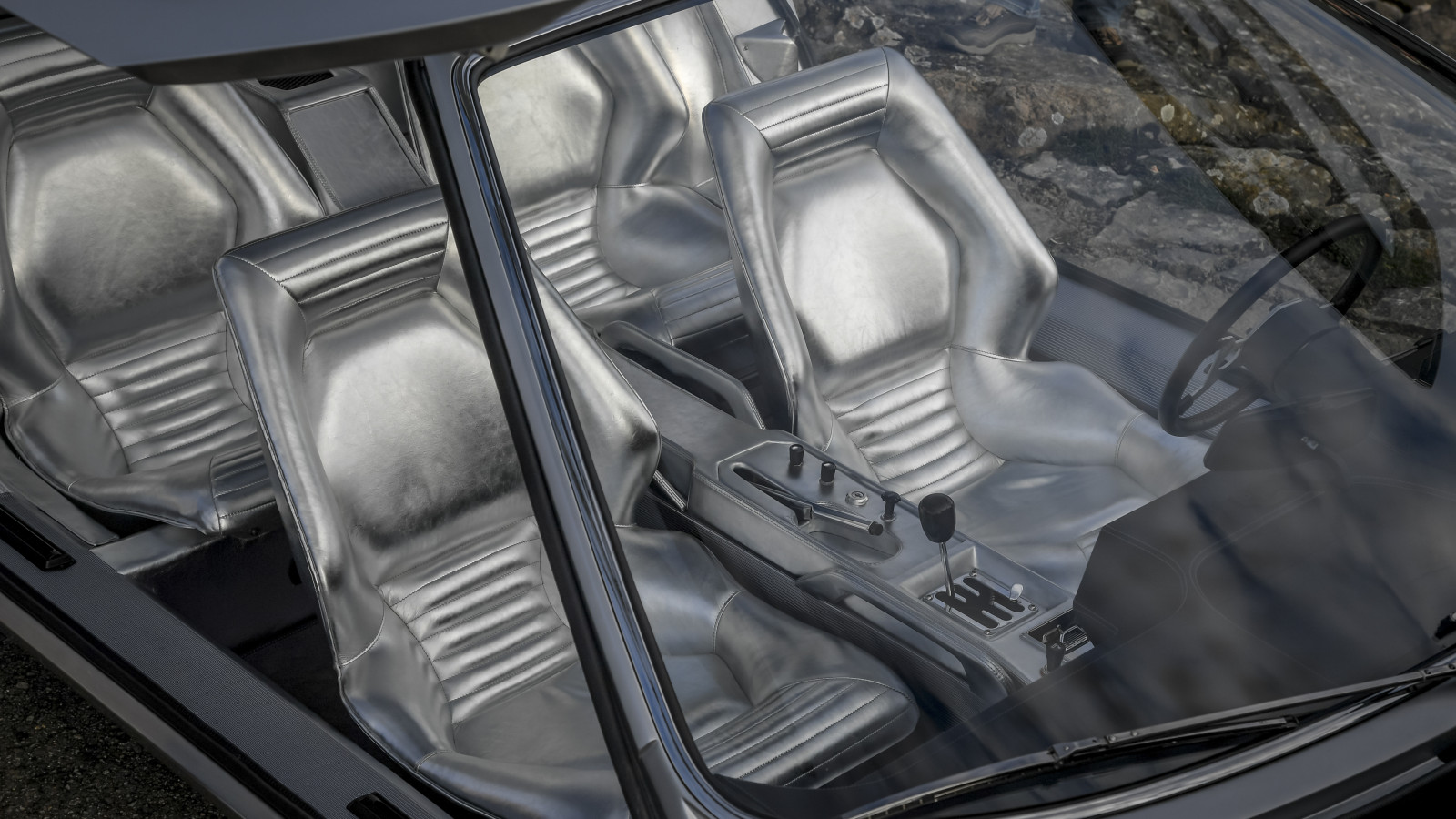-
 © Holden
© Holden -
 © General Motors
© General Motors -
 © General Motors
© General Motors -
 © General Motors
© General Motors -
 © General Motors
© General Motors -
 © General Motors
© General Motors -
 © ItalDesign
© ItalDesign -
 © ItalDesign
© ItalDesign -
© ItalDesign
-
 © ItalDesign
© ItalDesign -
 © By Herranderssvensson - Own work, CC BY-SA 4.0, https://commons.wikimedia.org/w/index.php?curid=34164472
© By Herranderssvensson - Own work, CC BY-SA 4.0, https://commons.wikimedia.org/w/index.php?curid=34164472 -
 © Vauxhall
© Vauxhall -
 © Vauxhall
© Vauxhall -
© Vauxhall
-
 © Alfa Romeo
© Alfa Romeo -
 © Alfa Romeo
© Alfa Romeo -
 © Holden
© Holden -
 © Holden
© Holden -
 © Holden
© Holden -
 © Holden
© Holden -
 © Motor Classic & Competition Co
© Motor Classic & Competition Co -
 © Motor Classic & Competition Co
© Motor Classic & Competition Co -
 © RM Sotheby’s
© RM Sotheby’s -
 © RM Sotheby’s
© RM Sotheby’s -
 © RM Sotheby’s
© RM Sotheby’s -
 © Olgun Kordal/Classic & Sports Car
© Olgun Kordal/Classic & Sports Car -
 © Olgun Kordal/Classic & Sports Car
© Olgun Kordal/Classic & Sports Car -
 © Olgun Kordal/Classic & Sports Car
© Olgun Kordal/Classic & Sports Car -
 © Olgun Kordal/Classic & Sports Car
© Olgun Kordal/Classic & Sports Car -
 © Lamborghini
© Lamborghini -
 © Lamborghini
© Lamborghini -
 © Lamborghini
© Lamborghini -
 © Lamborghini
© Lamborghini
-
Are you ready for this?
When car designers’ imaginations are allowed to run freely, the results can be jaw-dropping. But some of the most exciting cars ever created are also some of the rarest.
In many cases, they remain tantalisingly unique, be they in-house manufacturer concepts that steered design language for years to come, studio showboats that pushed the envelope of car design, or racers that proved too savage for the track.
So let’s celebrate these crazy creations with 13 of our favourite, most eye-popping examples – prepare to be wowed.
-
1. 1953 GM Firebird I
When you think of one-off concepts, few cars capture the imagination quite like Harley Earl’s series of gas-turbine powered Firebirds.
The first broke cover in 1953, becoming the first gas-turbine car to be tested in the United States.
-
1953 GM Firebird I (cont.)
Its styling was clearly inspired by the jet age, its lightweight bodywork made from glassfibre, while power came via a 370bhp Whirlfire Turbo Power engine.
-
2. 1956 GM Firdbird II
The second Firebird arrived in 1956 and different greatly from the first prototype.
Where Firebird I catered for a single occupant, Firebird II could accommodate four adults beneath its bubble canopy.
-
1956 GM Firebird II (cont.)
The bodywork, meanwhile, was made entirely from titanium.
Other innovations included four-wheel disc brakes and fully independent suspension.
-
3. 1959 GM Firebird III
Perhaps the wildest of the Firebird concepts arrived in 1959, its glassfibre bodywork festooned with seven fighter jet-style wings.
Steering was controlled via a joystick, and among its high-tech features were anti-lock brakes and cruise control.
-
4. 1968 Bizzarrini Manta
Giorgetto Giugiaro founded ItalDesign on 13 February 1968, and straight away set about adapting Bizzarrini P538 chassis number three into the wild Manta.
-
1968 Bizzarrini Manta (cont.)
The car features three seats with a central driving position, similar to the McLaren F1, while the silhouette is a constant curve from nose to tail.
-
1968 Bizzarrini Manta (cont.)
The creation took just 40 days, going on to star at the Turin Motor Show and on the cover of Road & Track magazine.
-
5. 1971 Maserati Boomerang
Another product of ItalDesign, the Maserati Boomerang was an early example of Giugiaro’s wedge styling that would go on to influence countless future models.
When it was unveiled in 1971 the car was only a non-running static model, but by the following year its influence was clear to see on the roadgoing Bora.
-
1971 Maserati Boomerang (cont.)
One of the most exciting features was the dashboard, with all of the dials and gauges mounted in a circular pattern inside the steering wheel.
-
6. 1966 Vauxhall XVR
Inspired by the Mako Shark II concept of 1965, Vauxhall’s team at the Design & Engineering Centre, led by Wayne Cherry, flexed its muscle in 1966 by creating the XVR – a sleek sports car with a striking curved split windscreen, pop-up headlamps and gullwing doors.
-
1966 Vauxhall XVR (cont.)
Three prototypes were built in total, but only one, the Geneva Motor Show car, could move under its own steam.
Beneath the bonnet lay a 1975cc slant-four engine – a pre-production unit for the upcoming VX4/90 – while suspension was all independent front and rear with discs all-round.
-
1966 Vauxhall XVR (cont.)
Sadly, the functional car was dismantled, and only one of the two static models survives, housed in the company’s heritage centre in Luton.
-
7. 1968 Alfa Romeo Carabo
Penned by Marcello Gandini, the Alfa Romeo Carabo was one of the finest expressions of wedge design to come out of the 1960s.
Named for the Carabidae beetle, and finished in green and orange to reflect its iridescent colouring, the stunning concept was shown to much fanfare in Paris.
-
1968 Alfa Romeo Carabo (cont.)
As well as its striking aerodynamic design and wild scissor doors that would go on to directly influence the Countach, the Carabo had the bite to back up its bark.
Under its sumptuous skin lay the chassis of an Alfa Romeo 33 Stradale, along with its 2-litre V8 and six-speed Colotti transmission.
The car produced a howling 230bhp at 8800rpm and was capable of a top speed of 155mph.
-
8. 1969 Holden Hurricane
Described as a ‘research vehicle’ rather than a concept, the Holden Hurricane is arguably one of the most beautiful cars to emerge from Australia.
-
1969 Holden Hurricane (cont.)
The Hurricane was packed with technology, including a rear-view camera, ‘Comfortron’ air-conditioning and digital instrumentation.
-
1969 Holden Hurricane (cont.)
All very impressive for 1969, but its party piece was undoubtedly its hydraulic canopy, which swung towards the nose of the car, permitting access to its two-seat cockpit.
-
1969 Holden Hurricane (cont.)
It stands at just 39 inches tall – lower than a GT40 – and is powered by Holden’s own 253cu in V8, producing 259bhp.
-
9. 1962 E-gal E-type
Commissioned by Rob Beck and built by ex-Formula One racer Geoff Richardson, the Egal E-type was a freakish combination of Jaguar E-type and Ford Galaxie, the latter donating its thumping 7-litre big-banger V8.
-
1962 E-gal E-type (cont.)
The brute of a car blew away the competition in the mid-1960s – at least until it reached the first corner! – and it racked up a number of wins with the late legend Barrie ‘Whizzo’ Williams at the wheel.
-
10. 1964 Ford ‘Shorty’ Mustang
It may look like a conventional Mustang at first glance, but linger a little longer and you’ll realise that the proportions of this one-off Pony car aren’t quite right…
-
1964 Ford ‘Shorty’ Mustang (cont.)
The story began when Dearborn Steel Tubing received the ninth of 15 pre-production Mustangs and promptly chopped 16 inches from the car’s floorpan, in the process getting rid of the two rear seats entirely.
Freelance draughtsman Vince Gardner then created sleek glassfibre bodywork, giving the car a shorter, more aggressive appearance.
-
1964 Ford ‘Shorty’ Mustang (cont.)
The ‘Shorty’ Mustang toured the country with the Ford Custom Car Caravan, at the end of which it was destined to be crushed. Rather than see his creation destroyed, Gardner spirited it away in the middle of the night and hid it in a warehouse.
But Gardner never paid his bill, and when the car was discovered it returned to the insurance company that had paid out on the claim. It was then sold to one of its own executives and eventually returned to the road.
-
11. Cadillac ‘Le Monstre’
Back in 1950, Le Mans regulations allowed for otherwise standard cars to be rebodied – a rule that gave rise to one of the craziest cars to ever compete at La Sarthe.
-
Cadillac ‘Le Monstre’ (cont.)
Briggs Cunningham took two Frick-Tappett Motors-prepared Cadillac Series 61s to the circuit; the first was a standard Coupe, while the second was low and boxy, a brutal block of a car that it was difficult to take your eyes off.
-
Cadillac ‘Le Monstre’ (cont.)
Despite its brick-like appearance, the car was actually narrower than the Coupe, and thanks to many hours spent in the wind tunnel was considerably more aerodynamic, equating to a top speed of 130mph – or 13mph more than its teammate.
Both the cars pictured here are recreations.
-
Cadillac ‘Le Monstre’ (cont.)
Sadly the experiment didn’t pay off.
Despite showing a lot of promise, the decision not to carry a spade cost the team dear when the car got caught in a sand bank. Compounded by a gearbox problem, ‘Le Monstre’ finished 11th – one place behind the standard Coupe.
-
12. 1967 Lamborghini Marzal
Ferruccio Lamborghini enjoyed seeing his cars in the limelight, and there was no more cost-effective way of achieving fame than by creating a wild concept.
Just look at it!
-
1967 Lamborghini Marzal (cont.)
The Gandini-penned Lamborghini Marzal did just that when it burst onto the scene in 1967, an incredible combination of bonkers styling, a chrome-effect interior and sweeping gullwing doors that were fully transparent from roof to sills.
-
1967 Lamborghini Marzal (cont.)
Based on the Miura, though stretched a further 4.7 inches, the Bertone design featured four full-sized seats – an improvement over the 400GT’s 2+2 arrangement – unique Campagnolo wheels that incorporated the honeycomb design prevalent throughout the interior and rear window, and a rear clamshell that housed a transverse-mounted 2-litre straight-six.
-
1967 Lamborghini Marzal (cont.)
Mechanically, much was lifted from the Miura including the suspension and transaxle, while the 175bhp Gian Paolo Dallara-designed engine was in essence half of the Miura’s 4-litre V12.
We hope you enjoyed this gallery. Please click the ‘Follow’ button above for more super stories from Classic & Sports Car.
